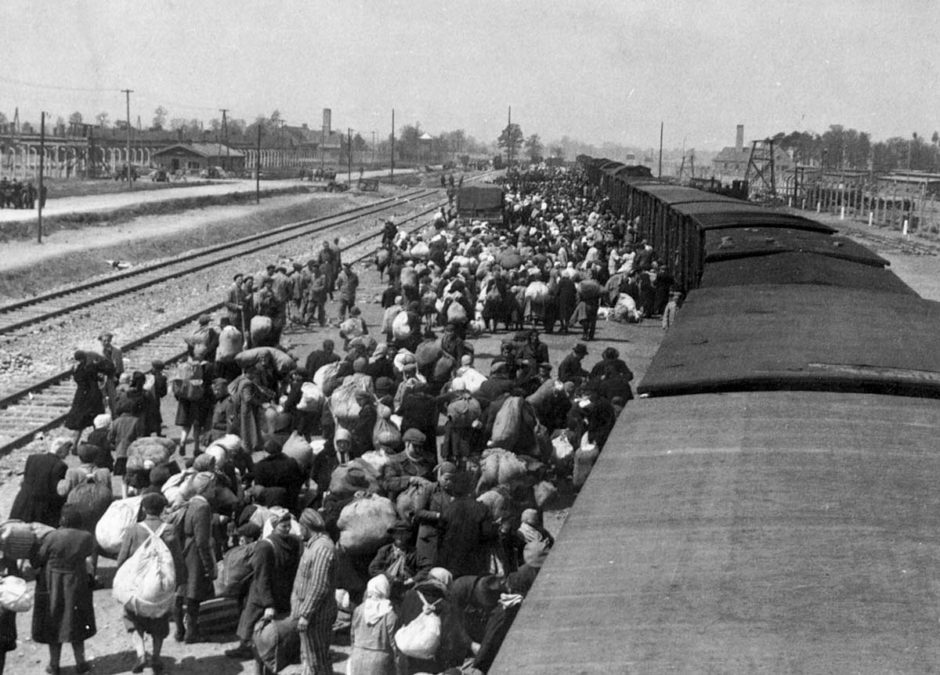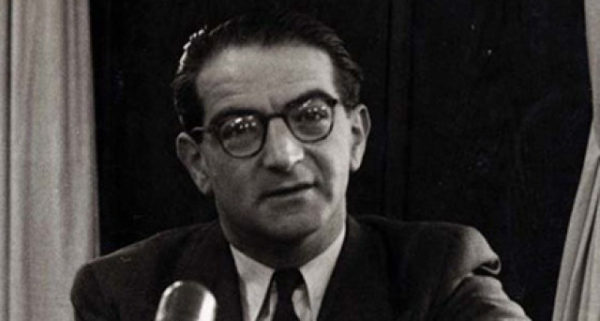
Sixty one years after his untimely death, there is still no consensus among historians and Holocaust survivors whether Rezso Kasztner was a savior or a collaborator.
Kasztner, the acting head of a small Jewish rescue committee in German-occupied Hungary, certainly tried to save Hungarian Jews from the jaws of death, his admirers claim. But to critics, he was a Nazi pawn in Germany’s diabolical scheme to exterminate Hungary’s large Jewish community.

Paul Bogdanor, a researcher in Britain, believes that Kasztner falls into the second category. In his meticulously-researched, well-argued book, Kasztner’s Crime (Transaction Publishers), he portrays him as a cunning, self-serving functionary who served the Nazis and betrayed his own people.
Born in 1906 in the Romanian city of Kolozsvar (now Cluj Napoca), he was raised in a Zionist household. He studied law, worked as the political editor of a Jewish newspaper, Uj Kelet, and then entered politics. With Hungary’s annexation of North Transylvanian and the closure of Uj Kelet, he moved to Budapest, where he eeked out a living as a Zionist fundraiser. People who knew him said he was exceptionally intelligent, vain and ambitious, an opportunist, a megalomaniac and a snobbish intellectual.
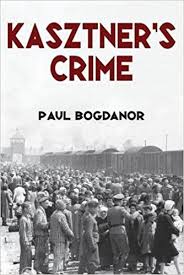
In early 1942, Holocaust survivors from Poland and Slovakia began streaming into Hungary, which was ruled by a right-wing authoritarian government headed by Miklos Horthy, the country’s regent. By the end of that year, the Relief and Rescue Committee had been established by a group of Zionists to assist these refugees. Its chairman, Otto Komoly, was a decorated World War I army officer. Its operational manager was Kasztner. Granted official recognition by the Jewish Agency in Palestine, the committee received funds from the American Jewish Joint Distribution Committee via its Swiss branch, headed by Saly Mayer.
The Holocaust descended on Hungarian Jews in the spring of 1944. Even before this disaster unfolded, they had been reduced to second-class citizenship, drafted into labor units stationed on the Soviet front and subjected to atrocities in Nazi-conrolled Kamenets-Podolsk in Galicia and Hungarian-occupied Bacska in Yugoslavia.
The German army stormed into Hungary on March 19, 1944, and a new fascist order arose. Edmund Vossenmayer, Germany’s representative, installed Dome Sztojay, the former Hungarian ambassador to Berlin, as the head of a pro-German regime. Horthy was left in place as a figurehead. Antisemitic decrees stripping the 800,000 Jews of Hungary and its conquered territories of their civil rights were immediately issued. A force of about 200 SS men and 20,000 Hungarian gendarmes was assigned the task of deporting Jews to the Auschwitz-Birkenau extermination camp. An SS officer, Adolf Eichmann, was put in charge of the operation. His assistant was Dieter Wisliceny.
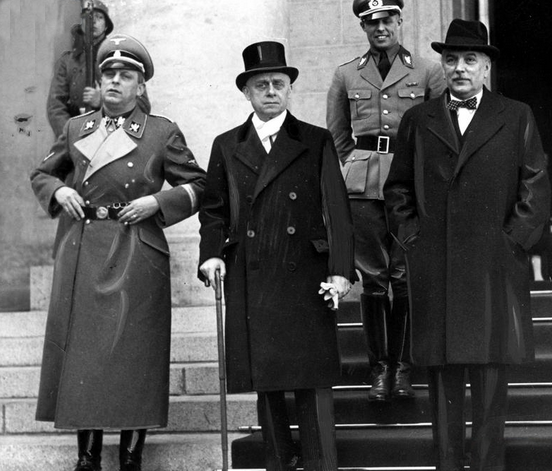
Eichmann, in a cruel charade, assured a Jewish delegation that no harm would come to Jews if they were passive and obedient. He then dangled the lure of “rescue negotiations” before Kasztner’s Zionist committee. Kasztner and his assistant, Joel Brand, were involved in these futile talks. At one of these sessions, Eichmann offered Brand a deal — freedom to one million European Jews in exchange for 10,000 trucks and 1,00 tons of coffee, tea and soap, all to be supplied by the Allies. Brand would be dispatched to Istanbul and Cairo in a vain attempt to sound out Eichmann’s proposal.
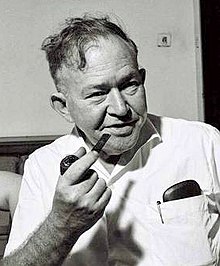
But even as Eichmann placed this far-fetched “goods for blood” barter plan on the table, upwards of 12,000 Jews were deported to Auschwitz per day from mid-May onward. Eichmann, of course, was negotiating in bad faith. His boss, Heinrich Himmler, had already euphemistically said that the “Jewish question” would be resolved in “an uncompromising fashion.” And two inmates who had escaped from Auschwitz, Rudolf Vrba and Alfred Wetzler, had already made it crystal clear what the Nazis had in store for the Jews of Europe.

“The Nazis expertly manipulated the negotiations to entrap the Jewish side,” writes Bogdanor. “In this way they could proceed with their genocidal plans without fear of an underground rescue campaign or mass panic resulting in cross-border flight, passive disobedience, and active resistance.”
Being shrewd negotiators, Eichmann and his associates made some concessions to achieve their ultimate objective. As they ordered Jews into provincial ghettos and prepared the mass deportations, they bestowed cosmetic privileges on their Jewish interlocutors. Jewish leaders such as Kasztner were exempt from wearing the degrading yellow star and permitted to retain their telephones and cars. Kasztner himself was the only Hungarian Jew to be granted official permission to travel to the provinces, where the first phase of the Hungarian Holocaust occurred.
Although he had access to information about Nazi intentions, he did not circulate it to the imperilled Jewish community in Hungary.
Kasztner would later claim he had no illusions about the viability of the “goods for blood” plan, but carried on with the negotiations to gain time. “But when thousands of Hungarian Jews were being sent to Auschwitz each day, it was the Nazis who were gaining time and the Jews who were losing it,” says Bogdanor. “Continuing to negotiate meant buying time for the killers.”
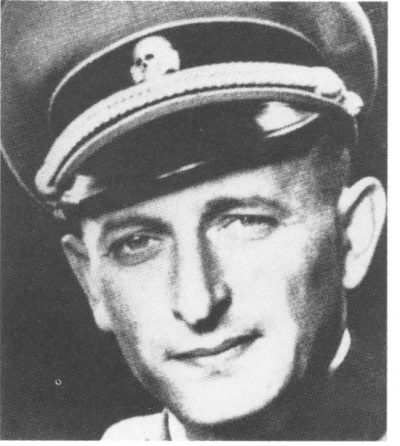
The reality is that Kasztner acted as a Nazi collaborator, he adds in a stunning indictment.
Bogdanor goes on to say that he converted the rescue committee from an underground network into “a client institution” under the official protection of the Nazis. “His ‘negotiations’ were ideal for the Nazi project of destroying the Jewish population under the camouflage of rescue opportunities.”
In a scathing accusation, Bogdanor contends that Kasztner betrayed three Jews — Hannah Szenes, Yoel Palgi and Peretz Goldstein — who had been parachuted into Hungary by the British for espionage purposes.

Examining his role in the flight of 1,684 Jews by train from Hungary to neutral Switzerland, a scheme in which Saly Mayer was involved, Bogdanor adopts a middle-of-the-road position. While accusers say he was guilty of ensuring that his relatives, friends and townspeople were given preference in boarding the so-called Kasztner train, his defenders contend that most of his relatives were not even given that opportunity and perished in Auschwitz.
He compares Kasztner unfavorably to two of his colleagues, Moshe Krausz and Otto Komoly. Krausz and a Swiss diplomat in Budapest, Carl Lutz, saved about 40,000 Jews, while Komoloy rescued 5,000 to 6,000 Jewish children by placing them in homes with Red Cross extraterritorial status.
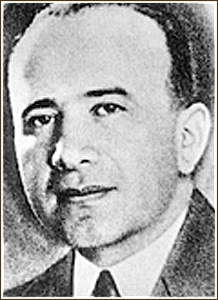
After the war, Kasztner held respectable positions in Israel, serving as a spokesman for a government ministry, writing for the leading Hungarian-language newspaper and running the state’s Hungarian broadcasts for the Kol Israel radio station. But when a Hungarian Holocaust survivor accused him of having been a Nazi collaborator, Kasztner’s life was thrown into utter disarray, a process that Bogdanor describes at length.
Placed under police protection, he and his family became outcasts. On March 4, 1957, he was shot by a young man and seriously injured. Doctors performed two operations, but he died 11 days later.
In conclusion, Bogdanor says Kasztner was “an accessory to murder.” As he puts it, “He agreed to become a puppet ‘rescue leader’ who would sabotage authentic rescue opportunities in return for the unearned status that only his SS masters could provide.”
